The Scoop Landscape House opens up to Tokyo’s views
Japanese practice Not Architects Studio is behind The Scoop Landscape House, an unusual Tokyo home

Yasuhiro Takagi - Photography
The perpetually engaging housing laboratory that is suburban Japan continues to delight. The Scoop Landscape House is a new project by Not Architects Studio, a side project set up by Tetsushi Tominaga and Lisa Ono, together with Aoi Nahata.
Ono’s concept design for this 101 sq m Japanese house was to create a space that ‘scooped up’ the best views and fragments of cityscape surrounding the modest lot in Ota City, a residential district just south of Tokyo’s city centre.
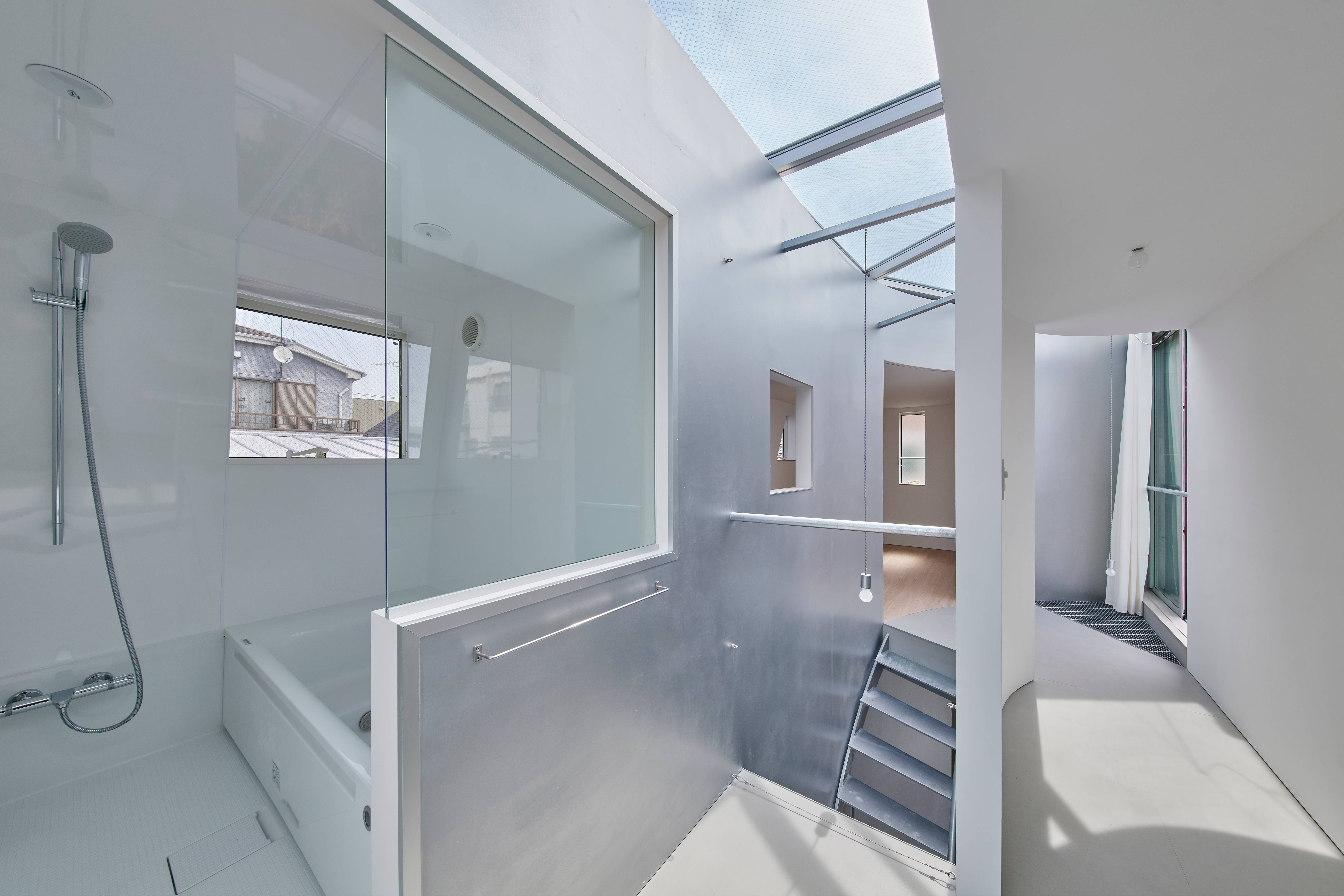
The site conditions were typical of the area, with a compact plot hemmed in by other similarly scaled houses. ‘Usually, when I walk around my neighbourhood, I see a very repetitive cityscape,’ says Ono, ‘However, when I squint, there are moments that touch my heart, such as trees planted in gardens, the weeds growing on the roadside, sunlight filtering through leaves or the sky seen from between buildings.’
The Scoop Landscape House has been shaped to make the most of these fleeting moments.
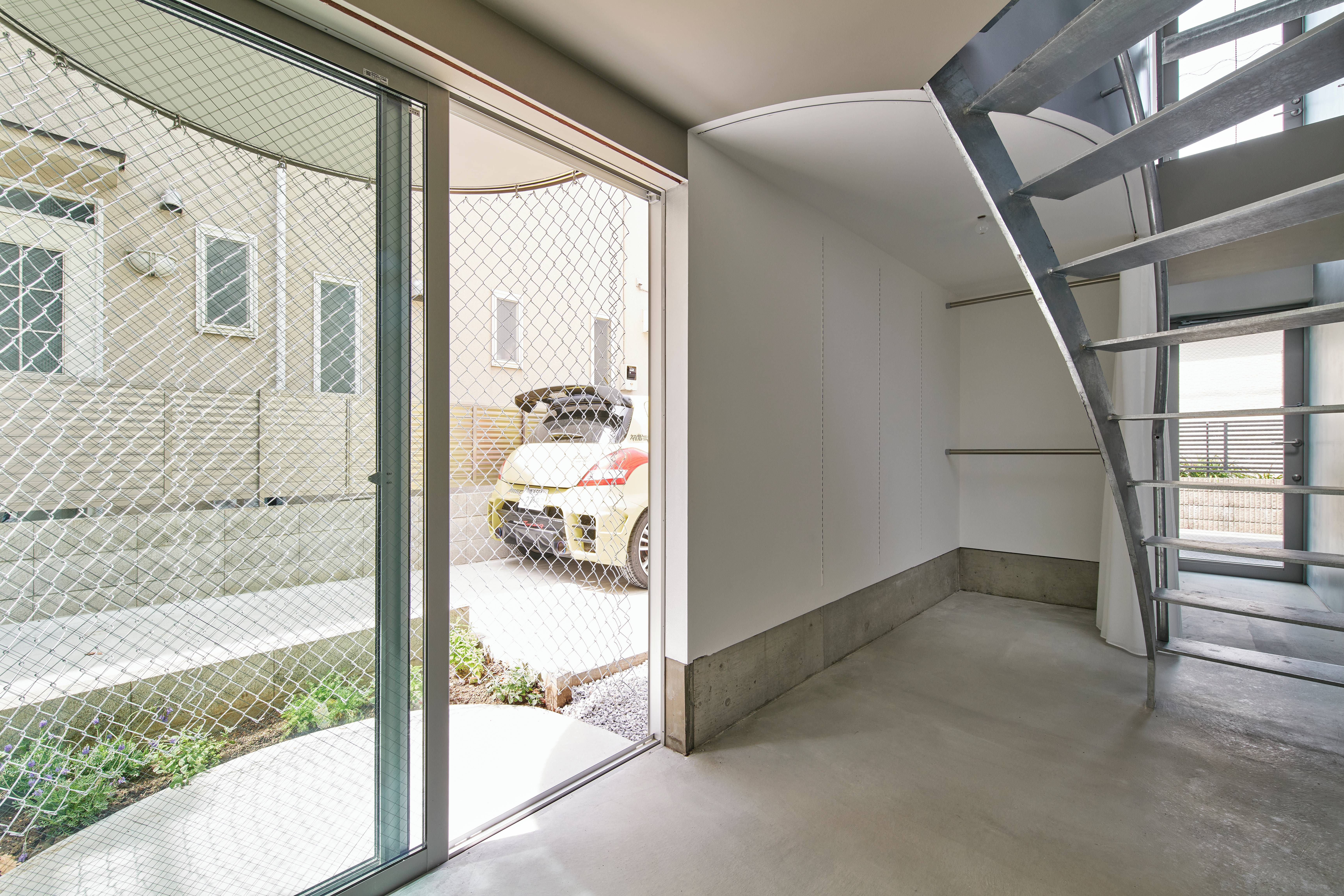
The Tokyo-based studio created a floorplan with a valley-like curve at its heart, top-lit with a strip of glazing and containing a staircase linking the three levels. This device also serves to connect the site with the road and an adjoining path, ‘scooping up trivial scenery’ in order to bring these prosaic urban spaces into the everyday life of the house.
The curved walls are painted silver to better reflect the light, colour and movement that happens around the house, with an open tread metal staircase connecting the floors.
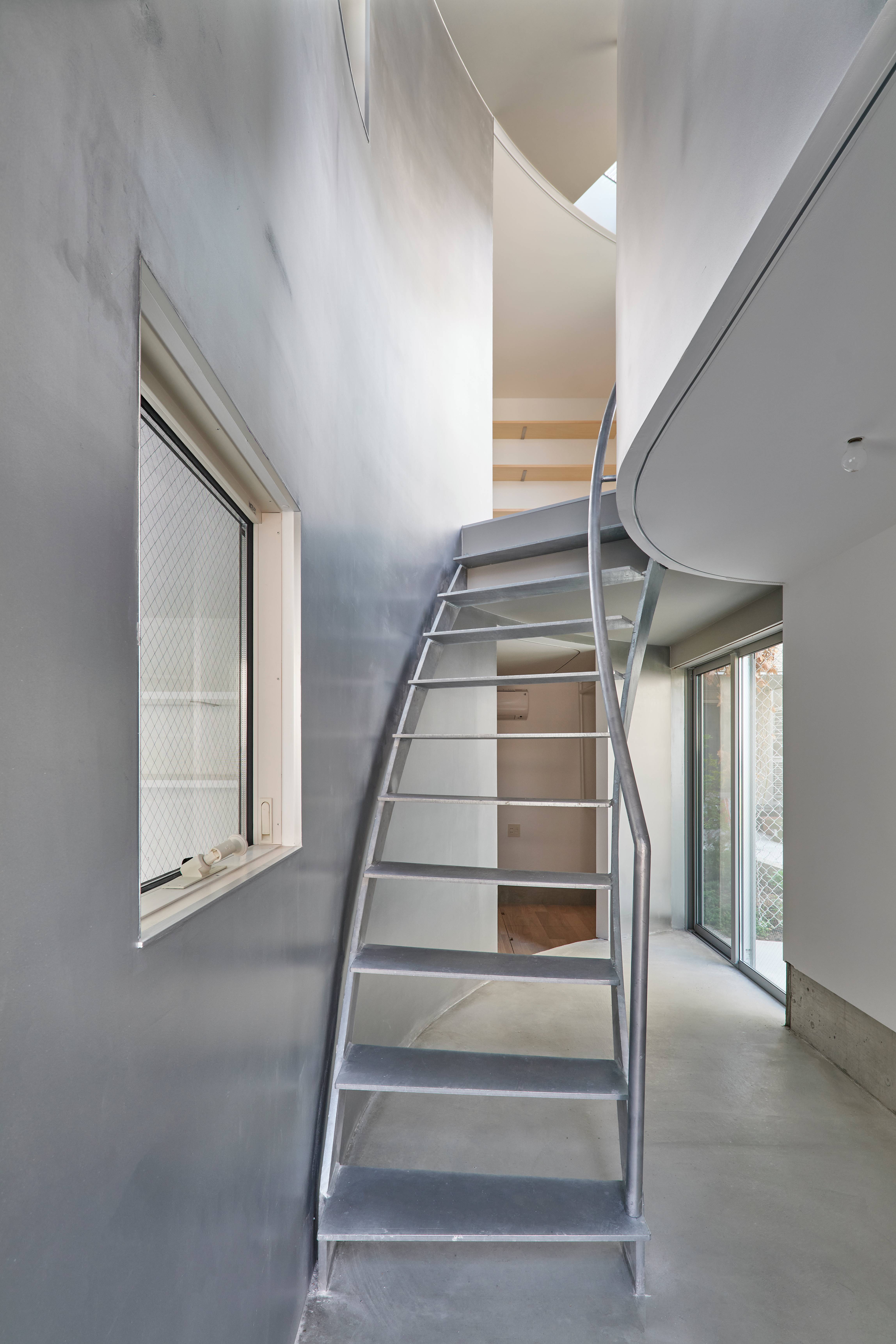
‘When the wind blows, the leaves of the plant move gently, and the raindrops left on the top light cast shimmering shadows after the rain,’ says Ono, ‘By scooping up these various movements, new scenery is created in the valley space.’
Receive our daily digest of inspiration, escapism and design stories from around the world direct to your inbox.
The rest of the house is meticulously planned so that the living spaces are open to the valley and therefore soak up the movement and light that it creates. Internal windows are set into the silver-painted curved wall.
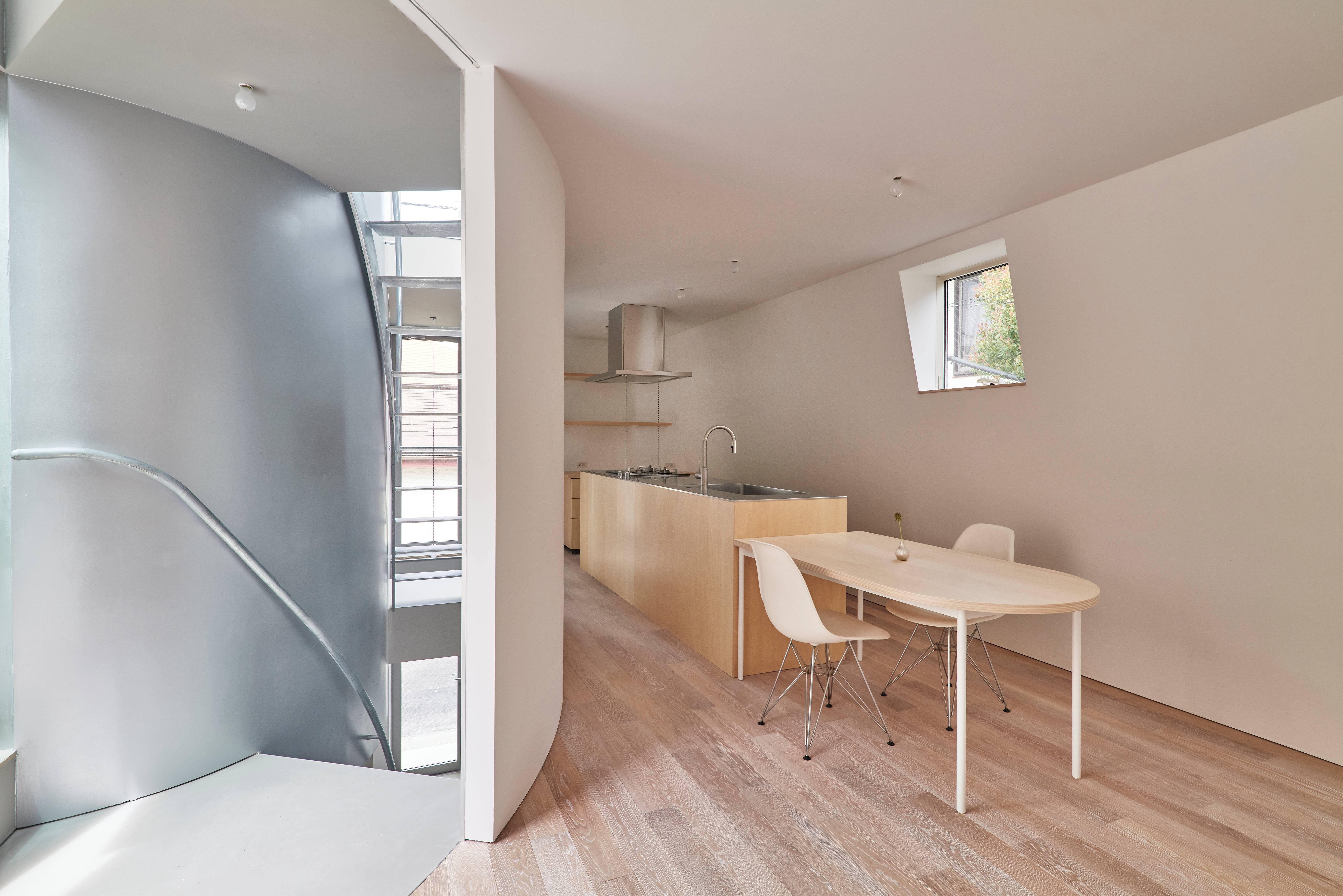
On the uppermost floor is a master bedroom and study area, alongside a family bathroom that blends into the lightwell. Below this is the main living space, with a kitchen and seating area, additional storage and a small semi-circular metal balcony that terminates the curve of the internal valley. The ground floor provides another bedroom, along with storage and a small external patio. A carport slots in beneath the first floor.
In a dynamic urban setting where change and renewal are a constant presence, The Scoop Landscape House opens itself up to give its occupants a more dynamic and engaging relationship with their surroundings.
INFORMATION
Jonathan Bell has written for Wallpaper* magazine since 1999, covering everything from architecture and transport design to books, tech and graphic design. He is now the magazine’s Transport and Technology Editor. Jonathan has written and edited 15 books, including Concept Car Design, 21st Century House, and The New Modern House. He is also the host of Wallpaper’s first podcast.
-
 How We Host: Interior designer Heide Hendricks shows us how to throw the ultimate farmhouse fête
How We Host: Interior designer Heide Hendricks shows us how to throw the ultimate farmhouse fêteThe designer, one half of the American design firm Hendricks Churchill, delves into the art of entertaining – from pasta to playlists
-
 Arbour House is a north London home that lies low but punches high
Arbour House is a north London home that lies low but punches highArbour House by Andrei Saltykov is a low-lying Crouch End home with a striking roof structure that sets it apart
-
 25 of the best beauty launches of 2025, from transformative skincare to offbeat scents
25 of the best beauty launches of 2025, from transformative skincare to offbeat scentsWallpaper* beauty editor Mary Cleary selects her beauty highlights of the year, spanning skincare, fragrance, hair and body care, make-up and wellness
-
 Matsuya Ginza lounge is a glossy haven at Tokyo’s century-old department store
Matsuya Ginza lounge is a glossy haven at Tokyo’s century-old department storeA new VIP lounge inside Tokyo’s Matsuya Ginza department store, designed by I-IN, balances modernity and elegance
-
 The Architecture Edit: Wallpaper’s houses of the month
The Architecture Edit: Wallpaper’s houses of the monthThis September, Wallpaper highlighted a striking mix of architecture – from iconic modernist homes newly up for sale to the dramatic transformation of a crumbling Scottish cottage. These are the projects that caught our eye
-
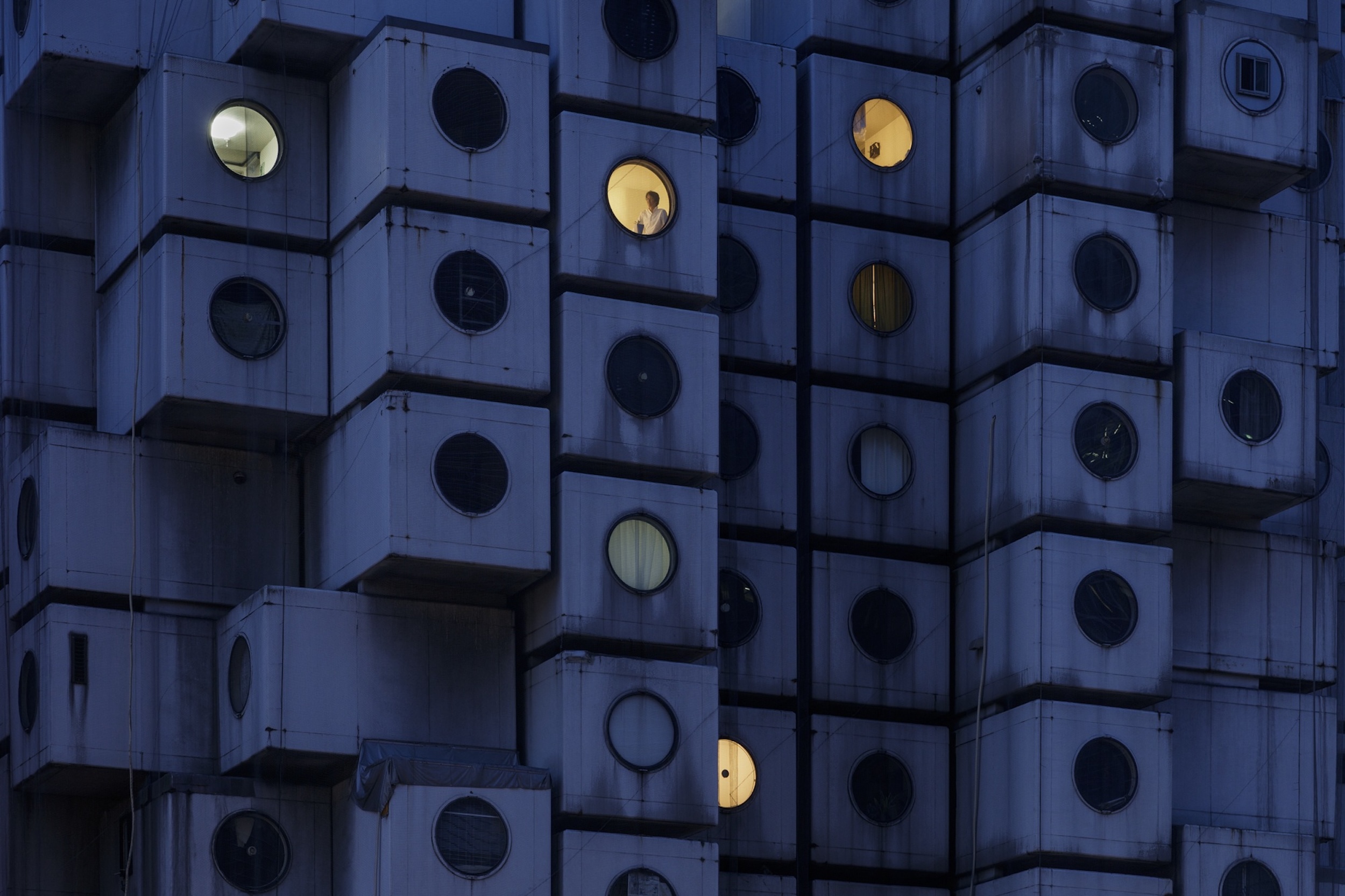 Utopian, modular, futuristic: was Japanese Metabolism architecture's raddest movement?
Utopian, modular, futuristic: was Japanese Metabolism architecture's raddest movement?We take a deep dive into Japanese Metabolism, the pioneering and relatively short-lived 20th-century architecture movement with a worldwide impact; explore our ultimate guide
-
 A new Tadao Ando monograph unveils the creative process guiding the architect's practice
A new Tadao Ando monograph unveils the creative process guiding the architect's practiceNew monograph ‘Tadao Ando. Sketches, Drawings, and Architecture’ by Taschen charts decades of creative work by the Japanese modernist master
-
 A Tokyo home’s mysterious, brutalist façade hides a secret urban retreat
A Tokyo home’s mysterious, brutalist façade hides a secret urban retreatDesigned by Apollo Architects, Tokyo home Stealth House evokes the feeling of a secluded resort, packaged up neatly into a private residence
-
 Landscape architect Taichi Saito: ‘I hope to create gentle landscapes that allow people’s hearts to feel at ease’
Landscape architect Taichi Saito: ‘I hope to create gentle landscapes that allow people’s hearts to feel at ease’We meet Taichi Saito and his 'gentle' landscapes, as the Japanese designer discusses his desire for a 'deep and meaningful' connection between humans and the natural world
-
 Campaigners propose reuse to save Kenzo Tange’s modernist ‘Ship Gymnasium’ in Japan
Campaigners propose reuse to save Kenzo Tange’s modernist ‘Ship Gymnasium’ in JapanThe Pritzker Prize-winning architect’s former Kagawa Prefectural Gymnasium is at risk of demolition; we caught up with the campaigners who hope to save it
-
 A new photo book explores the symbolic beauty of the Japanese garden
A new photo book explores the symbolic beauty of the Japanese garden‘Modern Japanese Gardens’ from Thames & Hudson traces the 20th-century evolution of these serene spaces, where every element has a purpose